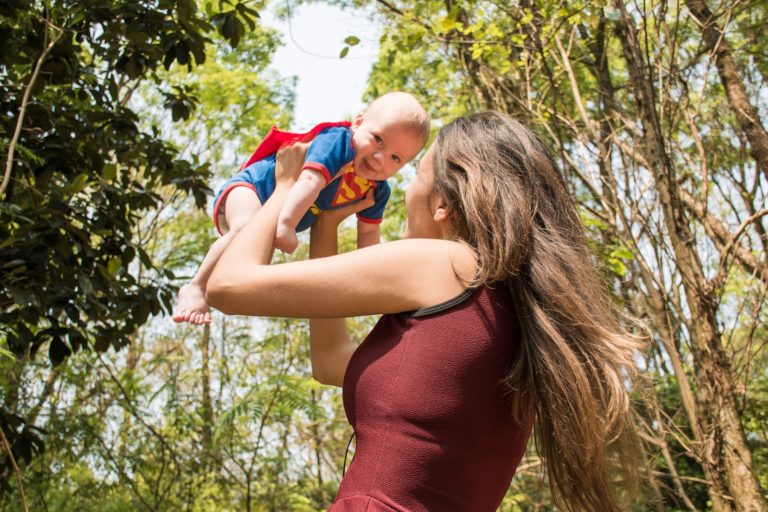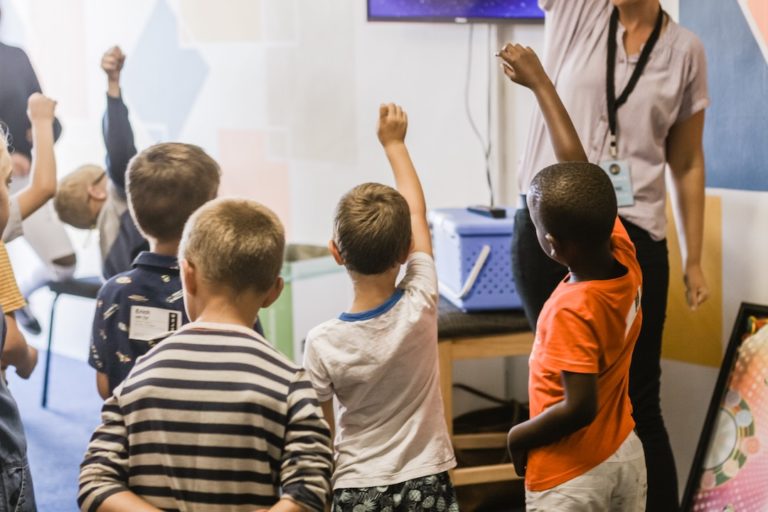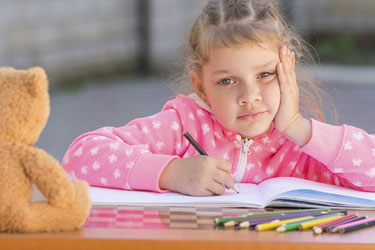The Power of Mindfulness in the Classroom
Notice your body. Lengthen your spine by sitting tall and straight. Feel your feet planted on the floor. Focus on your belly and imagine a balloon in that space. Breathe in slowly and deeply through your nostrils, imagining the balloon inflating, getting bigger, larger. Hold. Then slowly exhale through your mouth, imagining the balloon deflating….











